Disclosure: This article contains affiliate links. We may earn a commission from purchases at no extra cost to you, which helps our travel content.
Standing at the corner of 22nd Street in Cicero, Illinois, I feel the weight of history pressing against the modern landscape. This unassuming Chicago suburb once served as Al Capone's criminal headquarters during Prohibition – a fortress of corruption where bootlegged whiskey flowed freely and tommy gun fire occasionally pierced the night. Today's Cicero bears little resemblance to its notorious past, yet whispers of the gangster era linger if you know where to look. Join me as I peel back the layers of this fascinating suburb, where America's most infamous mobster once ruled with an iron fist.
The Rise of Capone's Cicero
In 1924, when Chicago became too hot for Al Capone's operations, he shifted his criminal empire to neighboring Cicero. It wasn't just a tactical retreat—it was a full-scale invasion. Capone's men terrorized voters, kidnapped election officials, and essentially staged a coup of the entire town government.
Walking Cicero's streets today, it's hard to imagine the level of corruption that once permeated every aspect of local life. The former Hawthorne Inn (now demolished) at 4833 W. 22nd Street (now Cermak Road) served as Capone's fortress. From my research before arriving, I knew to bring along my digital voice recorder to capture my thoughts and observations—particularly useful when you're trying to overlay historical context onto modern landscapes.
The Anton Hotel building still stands at 4835 W. Cermak Road, though it's been repurposed many times. During Prohibition, it housed Capone's gambling operations on the second floor. Today, you'd never guess its notorious past if not for the occasional historical marker.
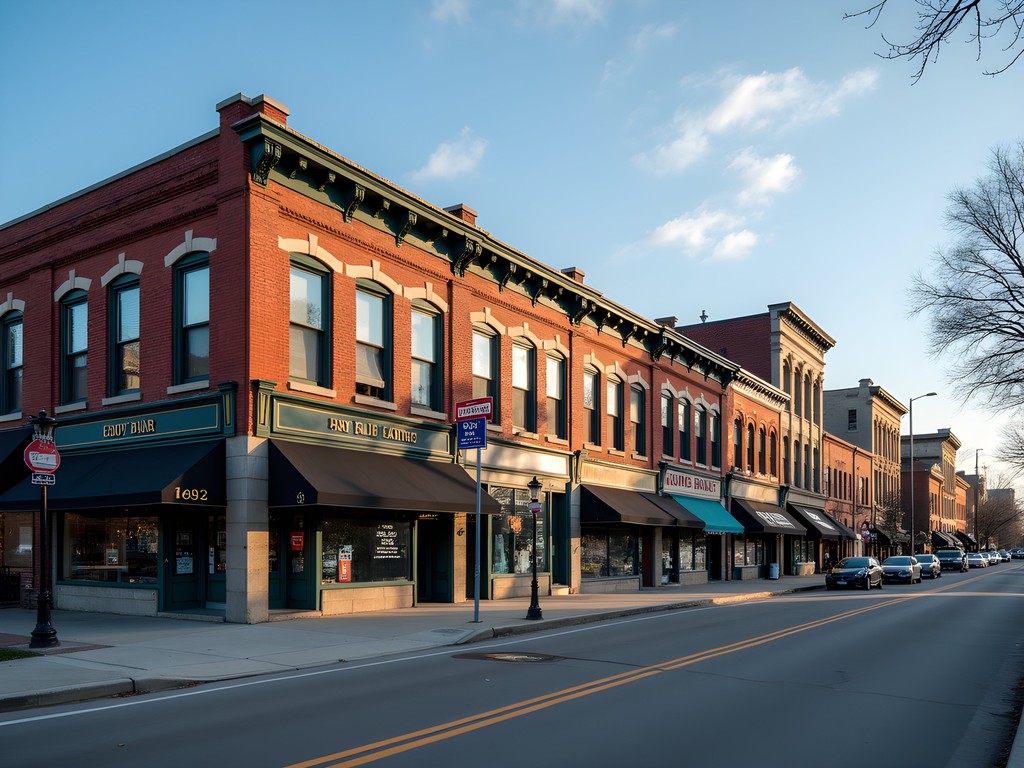
💡 Pro Tips
- Visit the Cicero Public Library for historical photographs and documents about the Prohibition era
- Take the Pink Line train from downtown Chicago for an easy commute to Cicero
- Download the Chicago Crime Tours app for self-guided exploration of gangster sites
Following the Bootleg Trail
Cicero was strategic for Capone not just as a political haven but as a bootlegging distribution hub. The suburb's proximity to Chicago combined with its compliant local government made it ideal for moving illegal alcohol throughout the region.
My exploration took me to the western edge of Cicero where several former brewery sites once operated as illegal distilleries. While researching these locations, I found my thermal imaging monocular surprisingly useful for examining old brick buildings—it helps reveal architectural features and structural changes not visible to the naked eye. This might seem like overkill for urban exploration, but for history buffs trying to identify century-old modifications to buildings, it's fascinating.
The Western Electric Company's Hawthorne Works site (now mostly gone) was another significant location. While not directly tied to Capone, this massive industrial complex employed thousands of Cicero residents during the Prohibition era, creating the backdrop against which the gangster saga played out. Today, a small museum at Morton College preserves some of this industrial heritage.

💡 Pro Tips
- Visit the Hawthorne Works Museum at Morton College to understand Cicero's industrial past
- Look for buildings with bricked-up basement windows—potential signs of former speakeasy locations
- The Cicero Bottling Company building still stands, though it's now private property
Modern Cicero: Cultural Renaissance
Today's Cicero bears little resemblance to the gangster haven of the 1920s. The town has transformed into a vibrant Latino community, with over 80% of residents identifying as Hispanic or Latino. This cultural shift has brought incredible food, colorful murals, and a renewed sense of community to the area.
Exploring Cicero's culinary scene became a highlight of my visit. The 26th Street corridor offers some of the most authentic Mexican cuisine I've found outside of Mexico. I spent an afternoon sampling tacos, sopes, and horchata at various family-owned establishments, using my pocket translator to chat with shop owners about their family recipes and the neighborhood's history.
The town also hosts vibrant cultural celebrations throughout the year, including Cinco de Mayo festivities and summer street festivals that would be unrecognizable to visitors from Capone's era. I was fortunate enough to catch a local art exhibition featuring works that cleverly juxtaposed Cicero's notorious past with its multicultural present.
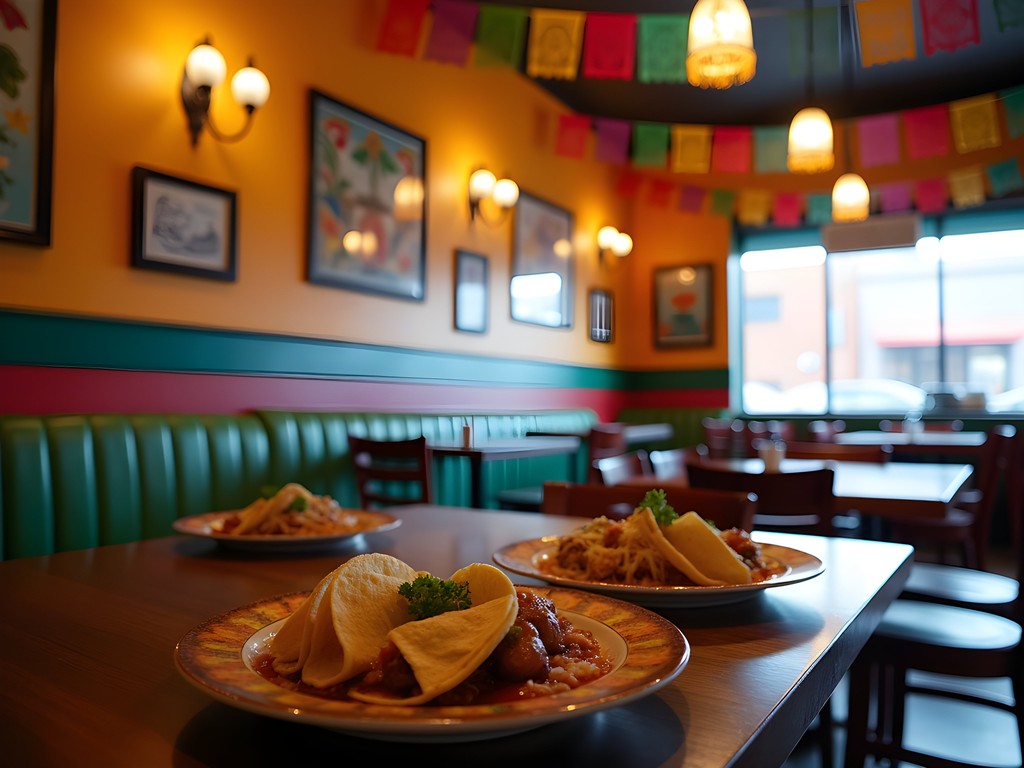
💡 Pro Tips
- Try the authentic Mexican pastries at Panadería Nuevo Leon on Cermak Road
- Visit Cicero's community murals along 25th Street that tell stories of immigration and cultural identity
- Check the town's event calendar for cultural festivals, especially in summer months
Preservation vs. Progress: Cicero's Balancing Act
What fascinates me about places like Cicero is the tension between preserving history and embracing progress. Unlike Las Vegas, which commercializes its mob connections, or Chicago, which runs gangster tours, Cicero has largely moved on from its Capone associations. There's wisdom in this approach—why should a diverse, forward-looking community be defined by its darkest chapter?
Yet for urban explorers and history enthusiasts, this creates a compelling treasure hunt. Armed with my leather travel journal and historical maps, I spent hours comparing old photographs with current streetscapes, identifying buildings that have survived from the 1920s.
The Olympic Theater building on Cermak Road, though repurposed, remains an architectural gem from the era. The Hawthorne Race Course, while not directly connected to Capone, operated during his time and continues as Chicagoland's oldest sporting venue. These structures provide tangible connections to the past while serving contemporary needs.
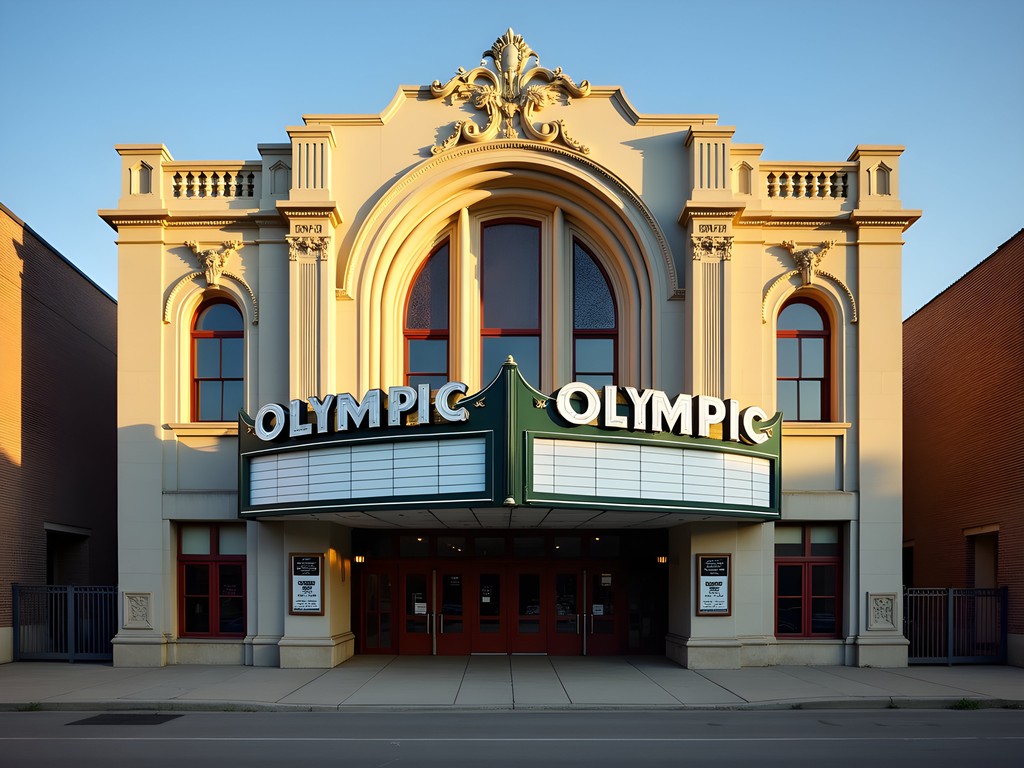
💡 Pro Tips
- Visit the Cicero Town Hall, built in 1927 during the height of Capone's influence
- Look for the few remaining original 1920s lampposts along portions of Cermak Road
- The Hawthorne Race Course offers a glimpse into an entertainment venue that operated during Capone's era
Final Thoughts
As I board the Pink Line train back to downtown Chicago, I find myself reflecting on Cicero's remarkable journey. This suburb has transformed from Al Capone's notorious stronghold into a vibrant, multicultural community that largely defines itself by its present rather than its infamous past. The physical landmarks of the gangster era may be fading, but they've left an indelible mark on American cultural memory.
For the urban explorer and history buff, Cicero offers something increasingly rare: an authentic connection to a pivotal historical moment that hasn't been over-commercialized or sanitized for tourism. You won't find costumed gangsters posing for photos or gift shops selling tommy gun replicas. Instead, you'll discover a real community that acknowledges its complex past while focusing firmly on its future.
If you visit, bring your curiosity, respect the current community, and prepare to do some historical detective work. The rewards—finding that hidden architectural detail, standing where history unfolded, or discovering a family-owned taqueria serving recipes passed down through generations—make Cicero a uniquely satisfying destination for those willing to look beyond the obvious.
✨ Key Takeaways
- Cicero offers authentic gangster-era history without the commercial tourism angle of downtown Chicago
- The transformation from Capone's stronghold to vibrant Latino community tells a compelling American story
- Urban explorers should focus on architectural details and repurposed buildings from the 1920s
- The culinary scene, particularly Mexican cuisine, makes Cicero worth visiting even without the historical interest
📋 Practical Information
Best Time to Visit
Year-round, though summer offers cultural festivals and better weather for walking tours
Budget Estimate
$100-200 per day including accommodation in Chicago, transportation, food and activities
Recommended Duration
1-2 days
Difficulty Level
Intermediate - Requires Some Research And Willingness To Explore Independently

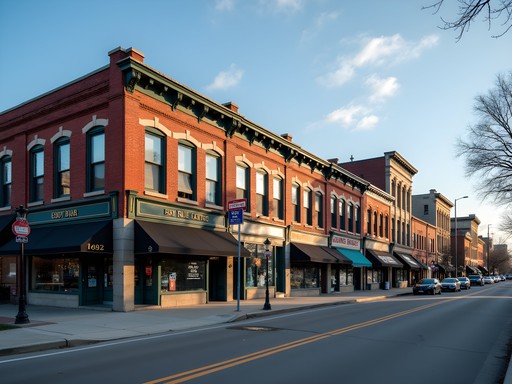

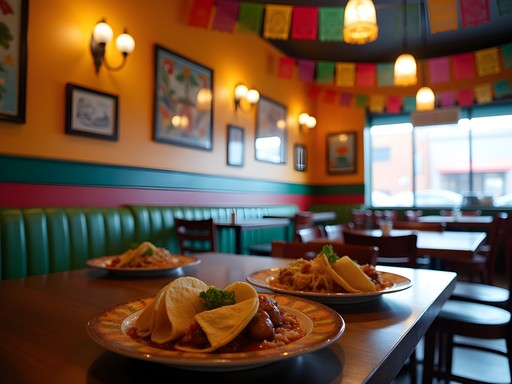
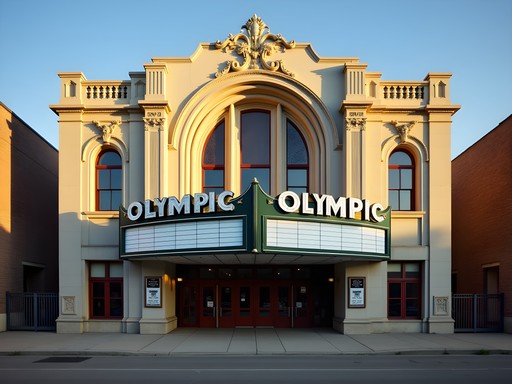










Comments
Taylor Moreau
Excellent write-up on Cicero, Jerry. For those interested in the historical aspects, I'd recommend visiting on a weekday when the crowds are thinner. The Cicero Historical Society runs a small but informative exhibition on the second floor of the public library - easy to miss but worth finding. They have some fascinating photographs of the town during Prohibition. The volunteer guides are often longtime residents with personal family stories from that era. Also, the Czech restaurants in the area are a reminder of the waves of European immigration that shaped the suburb long before Capone arrived.
escapefan4986
We did the public transportation too and it was super convenient! Did you check out that small museum near the town hall? I heard they recently added some new Prohibition-era exhibits but we missed it because of their limited hours.
Jerry Kelley
I tried but it was closed when I visited (Monday). I've heard great things about their new exhibits though!
Gregory Boyd
Thanks for the museum tip! Just checked and they're open Thursday-Saturday now. Adding it to my itinerary.
happyvibes
Cool post! Never knew Cicero had such history!
Gregory Boyd
Fascinating exploration of Cicero's dual identity, Jerry. I've been researching American crime history for my upcoming US backpacking trip, and your post perfectly captures the tension between preservation and gentrification. I'm curious about safety - did you feel comfortable walking around with camera gear? I've read mixed things about certain parts of Cicero after dark. Also, would you recommend the guided gangster tour or is self-exploration more rewarding? I'm planning to use Chicago CityPASS for the major downtown attractions but want to add some off-the-beaten-path history too.
Jerry Kelley
I felt perfectly safe during daylight hours, Gregory. I'd recommend starting with the Chicago Gangster Tour downtown to get context, then exploring Cicero on your own during the day. The Pink Line makes it easy to get there and back without needing a car.
escapefan4986
I second what Jerry said about safety. Went last year and had no issues during the day. Just use normal city awareness. The historical society has a great map you can download that shows all the key Capone sites.
globemaster
Did the Capone tour last week. Hawthorne Inn site was disappointing - just a strip mall now. The old city hall is worth seeing though.
springphotographer
This brings back memories! I visited Cicero last summer and was surprised how much gangster history is still visible if you know where to look. The Hawthorne Works site gave me chills thinking about all the bootlegging operations that happened around there. Did you try that little Italian deli on Cermak Road? The owner told us some wild stories about his grandfather who supposedly ran errands for Capone's crew back in the day. Great post, Jerry!
Jerry Kelley
Thanks! I did miss that deli - definitely adding it to my list for next time. Those personal connections to history are exactly what I was hoping to find.
springphotographer
It's called Freddy's Italian Deli if you go back. Cash only and the cannoli is worth the trip alone!
coffeechamp
Is the Pink Line the best way to get there from downtown Chicago? Any specific stops you recommend?
Jerry Kelley
Yes, Pink Line is super convenient! Get off at 54th/Cermak and you're right in the heart of historic Cicero. I used my pocket guide which has a good walking map of the area.
springexplorer
OMG I'm obsessed with gangster history!! Can't believe there's so much still to see in Cicero! Adding this to my bucket list ASAP!!! 🤩🤩🤩
Claire Hawkins
Jerry, your post brought back memories! I took my kids (11 and 13) to Cicero last summer as part of our 'unusual history' road trip across America. They were absolutely fascinated by the Capone stories. We found a fantastic little Mexican restaurant on Cermak Road that's apparently in a building that used to be a speakeasy! The owner showed us what he claimed was a hidden door in the basement where they'd smuggle liquor. The kids still talk about it. For families considering this trip, I'd recommend pairing Cicero with the Chicago Crime Museum downtown for a full gangster history experience.
Jerry Kelley
Thanks Claire! That restaurant sounds amazing - wish I'd known about it during my visit. Mind sharing the name for my next trip?
Claire Hawkins
It's called Nuevo León on Cermak. The chilaquiles are incredible!
dreamgal
Love the contrast between the gangster history and modern cultural renaissance! Great perspective.
Venture X
Premium card with 2X miles, $300 travel credit, Priority Pass